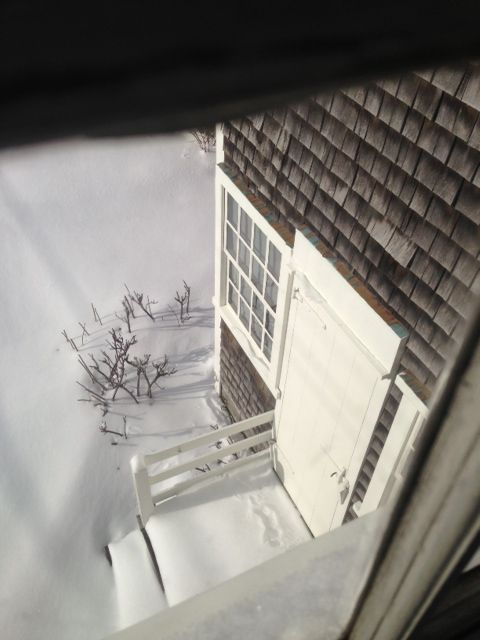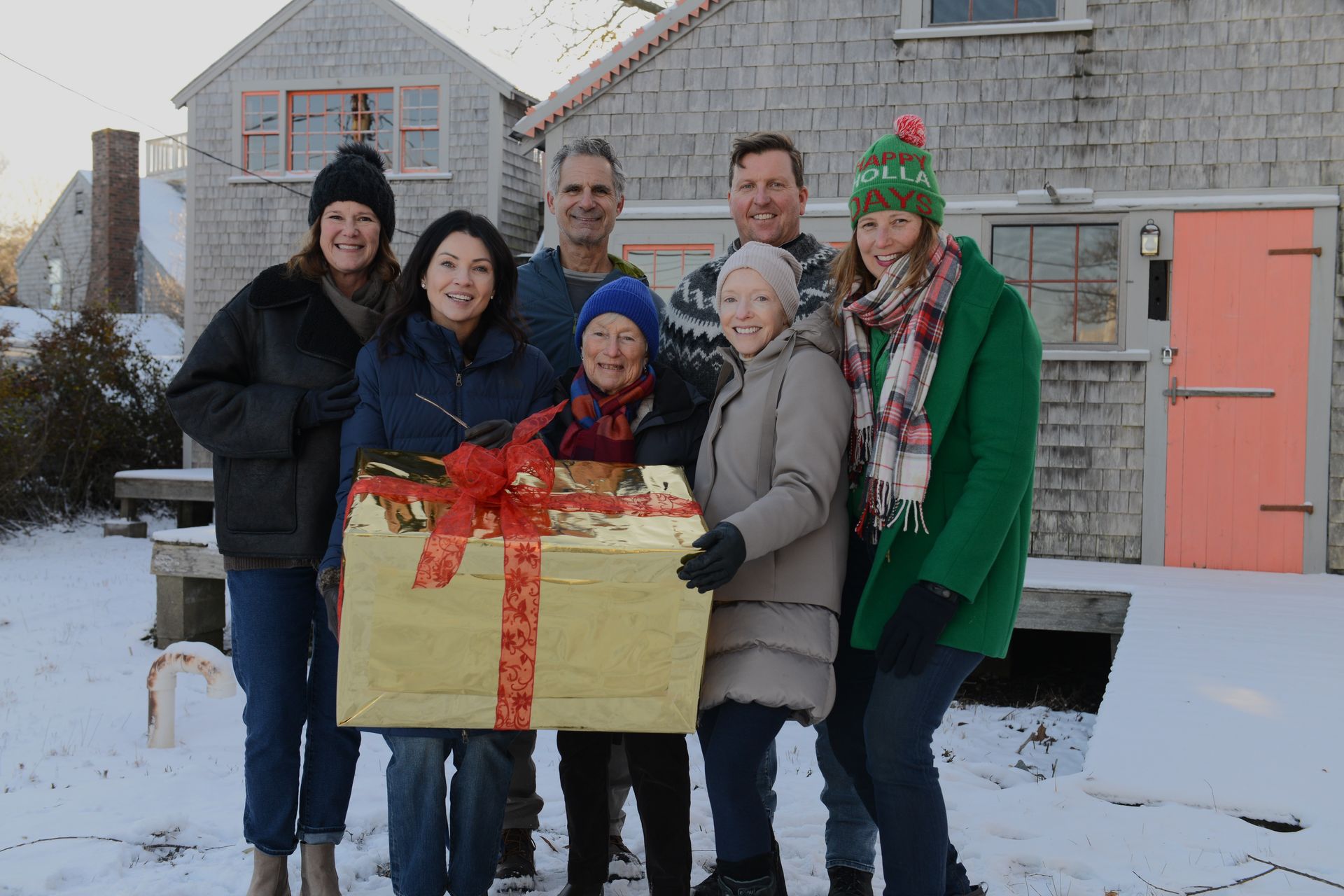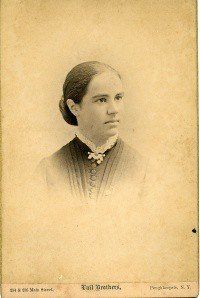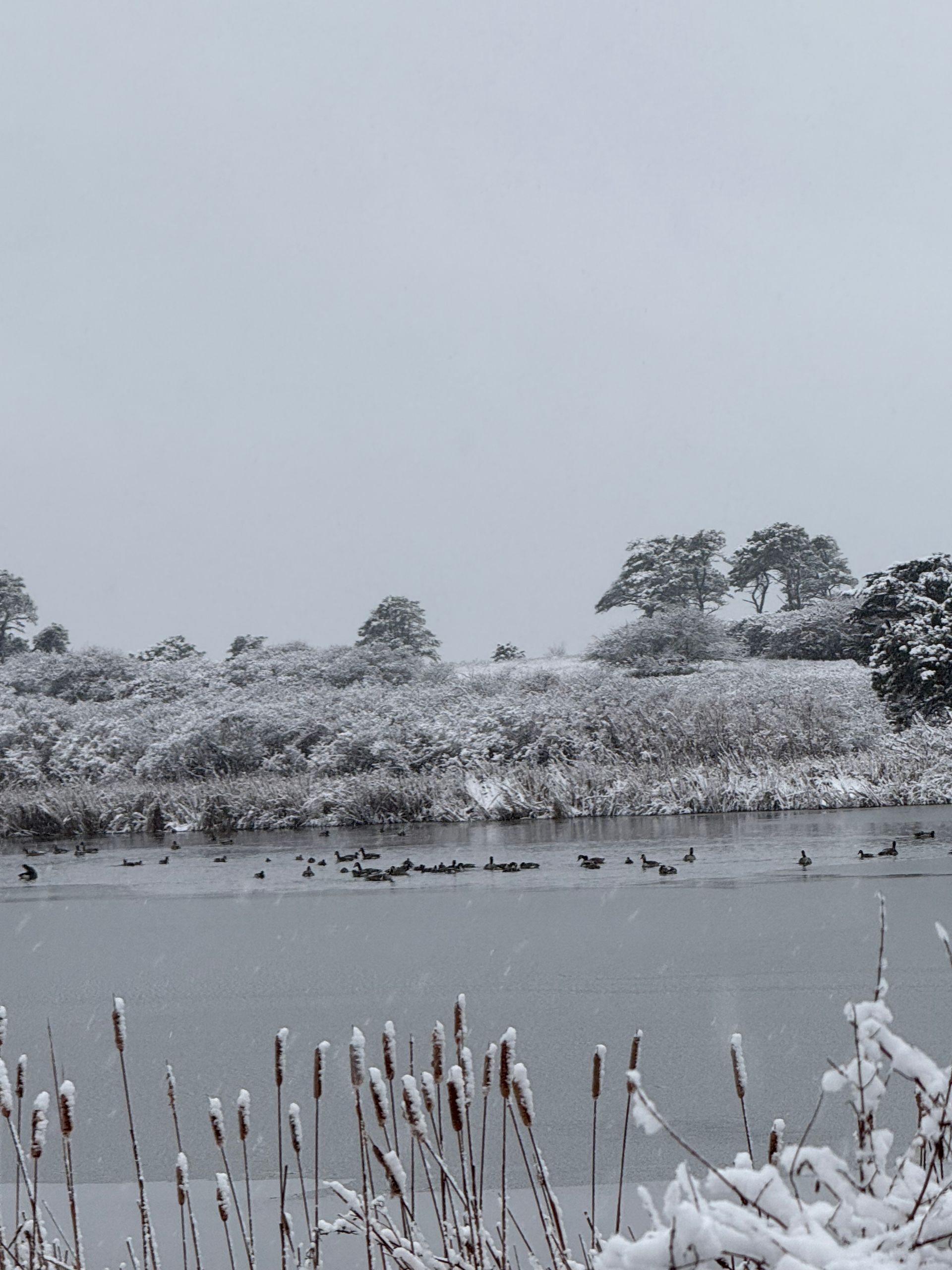Miss Mitchell’s Students: Antonia Maury
Standing under the canopy of the stars, you can scarcely do a petty deed or think a wicked thought.
Maria Mitchell’s influence reached far and wide and remained strong through many generations of not just her own students but the students of her students. Her immediate galaxy was of course the women who took her astronomy and mathematics classes at Vassar College. She instilled in her students a lifelong love of learning and the knowledge that as women, they had the power, strength, and knowledge to be the future of women scientists and educators in the world. Some would go on to great accomplishments and some would go on to quietly influence other young learners of the world – spreading Maria’s legacy farther afield.
Over the next few blogs, I would like to share with you some of Maria Mitchell’s students.
The second is:
Antonia Maury, 1866-1952
Antonia Maury came from a long line of scientists and teachers, astronomers among them, including Henry Draper, her uncle, who was a pioneer in astronomical photography. She graduated in 1887 having taken eight semesters of astronomy with Maria. She, like Maria and Mary Whitney, also had an interest in the natural world – birds in particular. Maury would find herself among the first women star catalogers or “computers” at Harvard College Observatory – a program which was funded in part by her aunt, wife of Henry Draper, as a memorial to him. The group of women were sometimes referred to as “Pickering’s Harem” – the director of the observatory. The women were paid less than half what the men earned as computers. As a “computer,” Maury devised her own, more defined spectral categories for the stars but her work was not appreciated – Pickering felt it slowed the work of cataloging down and he did not appreciate her independence. Her work however, many years later, would be noted for its value in cataloging the spectra of stars. Maury would leave and return to Harvard several times, teaching in schools and lecturing at Cornell in astronomy. In 1918, she returned to Harvard again, serving as an adjunct professor.
JNLF
Recent Posts





